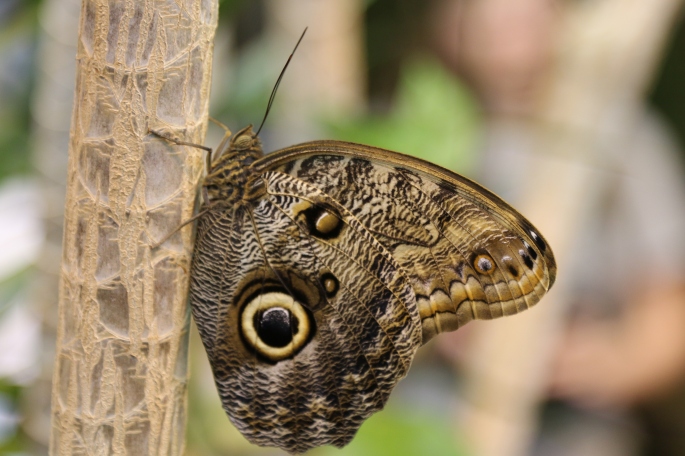I’ve always been interested in American history, specifically WWII. With the greatest generations seeing the last of its years, soon all we will be left with is black and white film and the stories they passed on. It will be impossible for anyone today to experience what those events truly felt like. For my thesis project, I colorized black and white photographs and footage of WWII. Perhaps it can give insight into what those people saw, because they didn’t see it in black and white.
Last year I started colorizing photos as a personal hobby. I was very bad at it at the beginning, which was expected. It looked poorly made and the photos did not look realistic at all. When taking this course, I decided to try colorizations again, teaching myself and learning more. I slowly got better at it, continuing to work on photos to the point where I am now.
Over 75 years ago our world was at total war. All we have to visualize those times is black and white film and photos. Perhaps I can bring another level of realness and humanness by colorizing the photos.
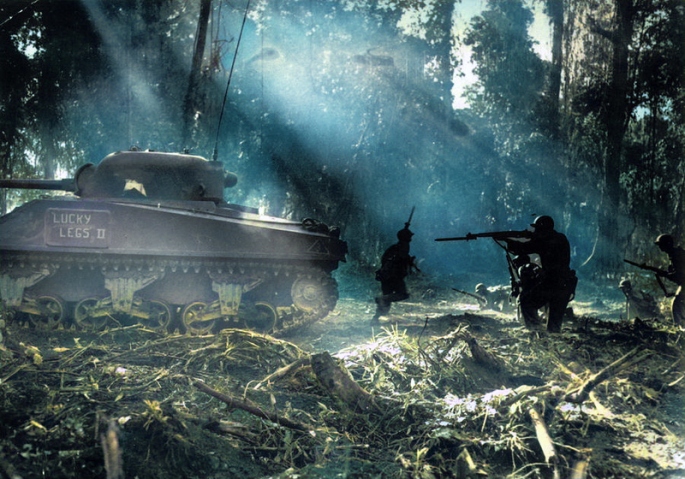
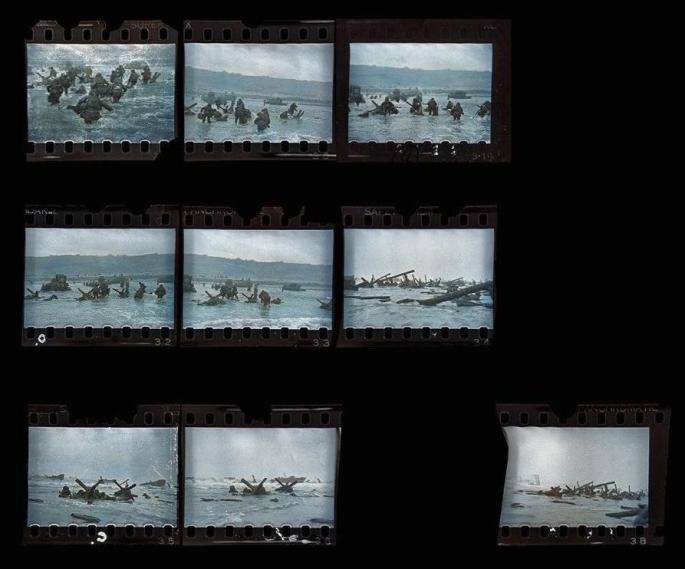


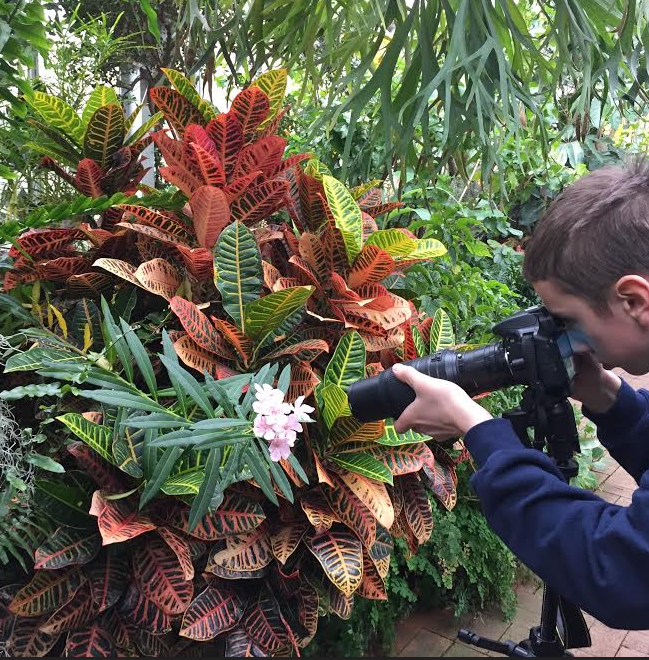


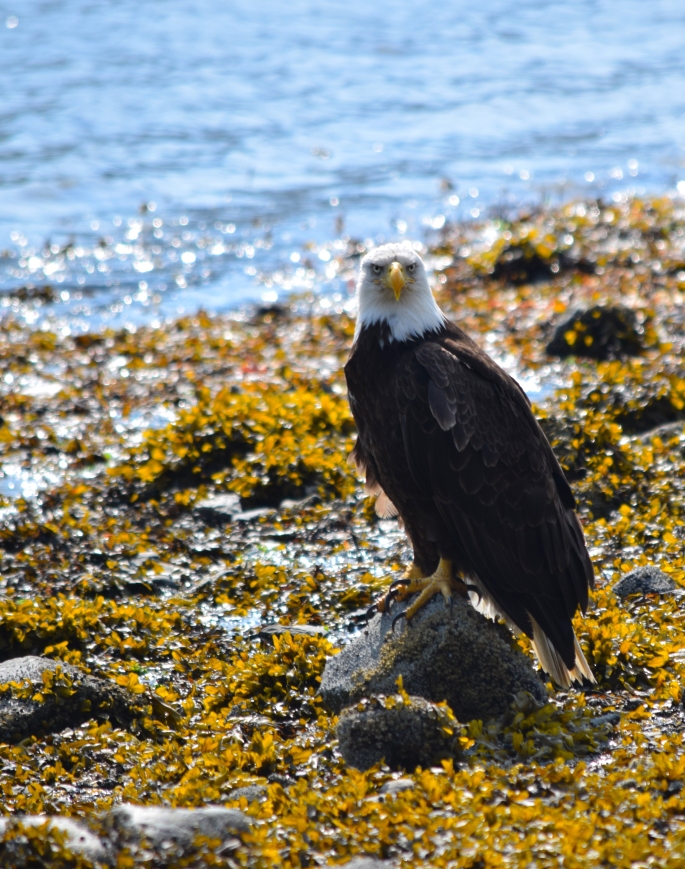



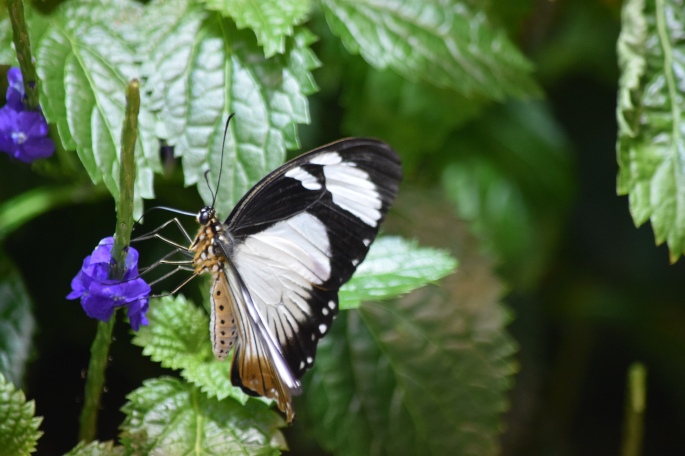
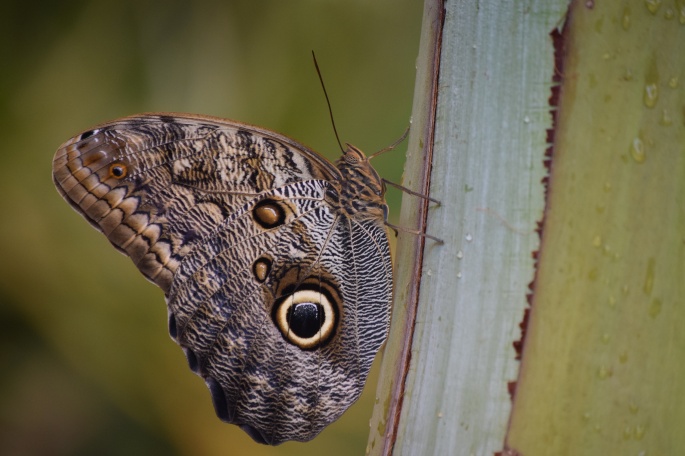

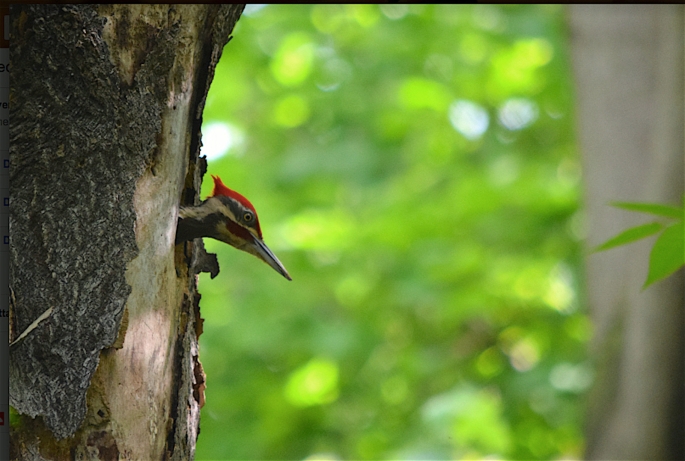
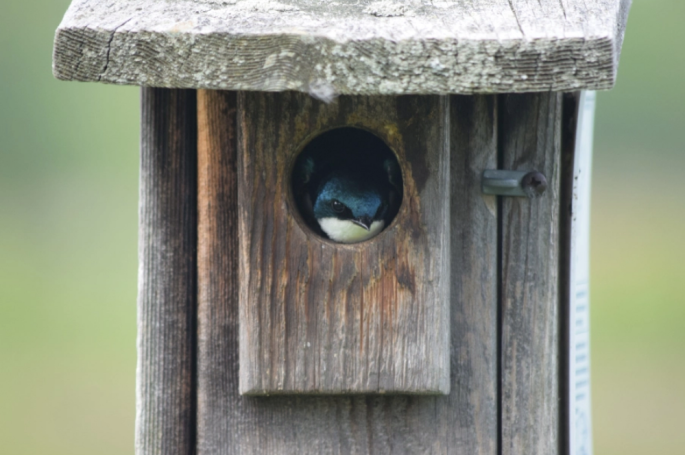

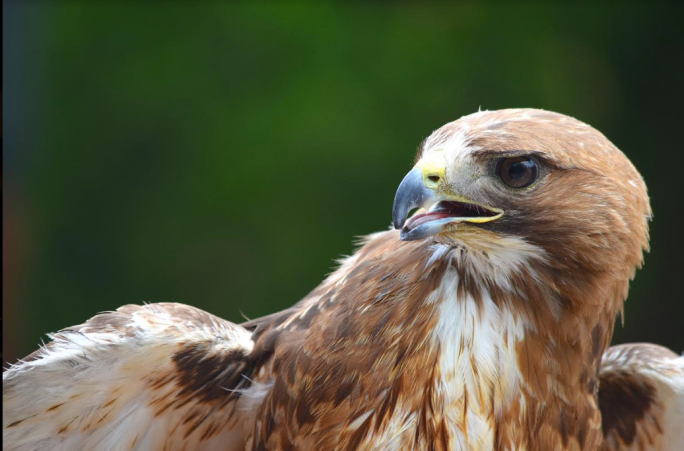
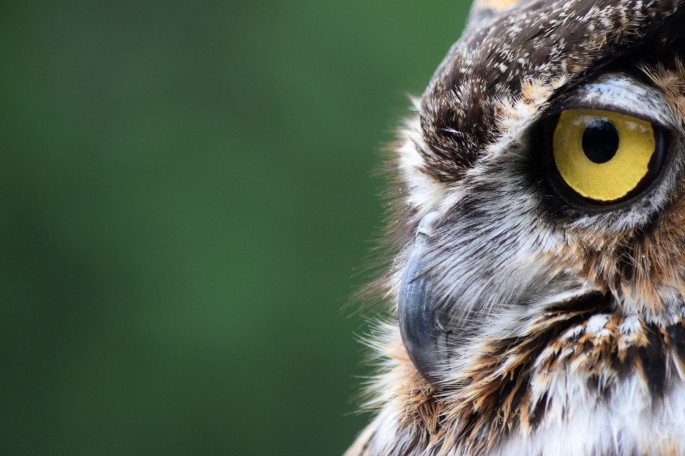




 Melinda is a beautiful
Melinda is a beautiful 
